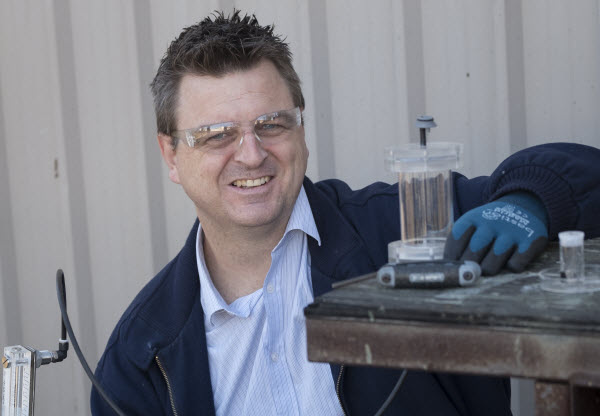
The wastewater industry is changing – and SVSR is at the helm.
We’re focusing on sustainability and innovation in sewer vent shaft design, fabrication and installation. And research and development (R&D) is playing a pivotal role.
According to Duncan Reynolds, Research and Development Manager for SVSR, commitment to R&D is critical for the growth of our company and the wastewater collection industry.
“The market is changing, with new products and new processes. We need to do things differently – and better – if we want to remain a leader and move with technological change.”
SVSR started its R&D journey just a few years ago. And we’ve already seen exciting developments in terms of collaborations with global partners… and huge potential with our initial R&D focus – sustainable odour control.
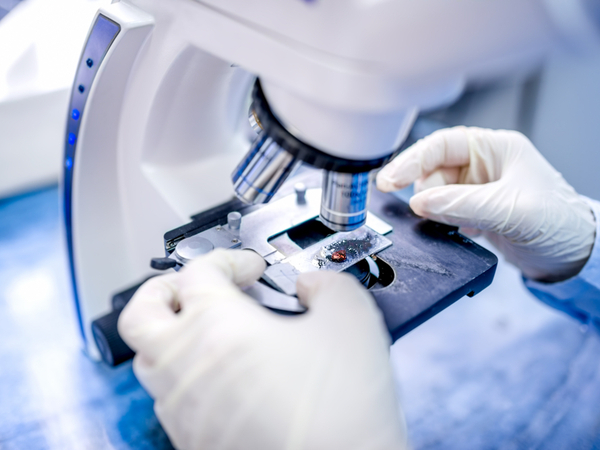
The R&D journey
Duncan stepped back from his role as General Manager to take the reign of SVSR’s R&D program. “It was two or three years ago that we made the decision that we needed to invest more resources into R&D,” says Duncan. This was both to expand SVSR expertise in vent shaft cowl design and fabrication – and look for sustainable alternatives in wastewater collection networks.
The first step of our R&D journey was to get in contact with AusIndustry’s Innovation Connections, a program that connects businesses to research expertise. It’s one of a number of resources available for traditional companies looking to embrace technology – and find novel solutions for current industry challenges.
“When we started, we had some ideas about what we wanted to do,” says Duncan. “We didn’t know what the solution was, but we knew what it wasn’t. And we knew our industry really well – the products and players.”
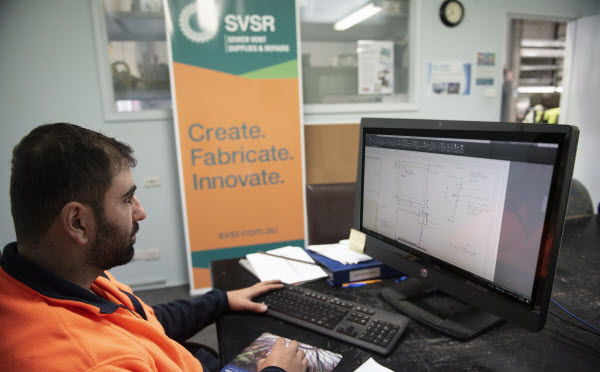
SVSR and sustainable odour control
SVSR recognise the need for a next generation technology that could transform the wastewater industry.
“When we talk about sustainability, we don’t just mean environmental sustainability,’ explains Duncan. ‘Sustainability is about doing more with less to achieve a better long-term outcome. At SVSR we know that our customers rely on us to help them manage ever-increasing demands. We are partners with them to manage their assets now and into the future.’
With this in mind, SVSR’s first major R&D project is sustainable odour control – and it has the potential to revolutionise the design of sewer vents and systems. Given what we were trying to do, we realised the best people for us to talk to were researchers at the University of New South Wales.
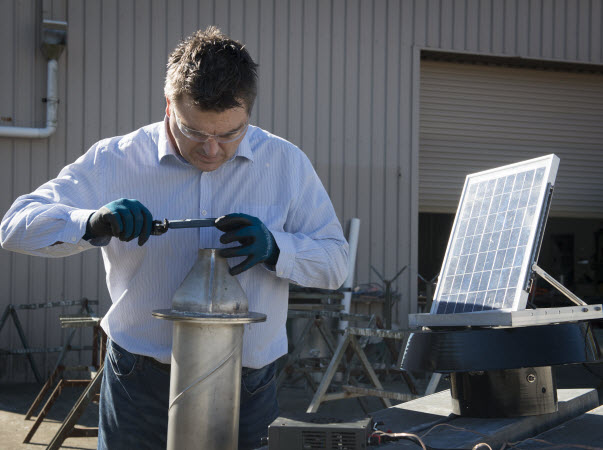
SVSR collaboration with UNSW
SVSR’s first major collaboration with a team from UNSW’s School of Materials Science and Engineering assessed the potential for sustainable odour control using graphene.
Graphene is the material of the moment and the subject of extensive research globally, due to its diverse capability potential. It’s been lauded as a game changer for everything from aircraft design to light bulbs – and odour control for sewer vents.
“Graphene … is still carbon but with significant benefits,” explains Duncan.
Those benefits include efficient operation in tandem with faster filtration capability, reduced corrosion… and reusability. “Current systems are single-use. Graphene is reusable, so it’s more sustainable and more cost-effective.”
The SVSR collaboration with UNSW involved a series of world-first experiments led by the graphene team at UNSW. It’s this collaboration – and cutting-edge connections that we believe are critical for the development of sewer pipes, vent shaft cowls – and every aspect of the wastewater collection industry.
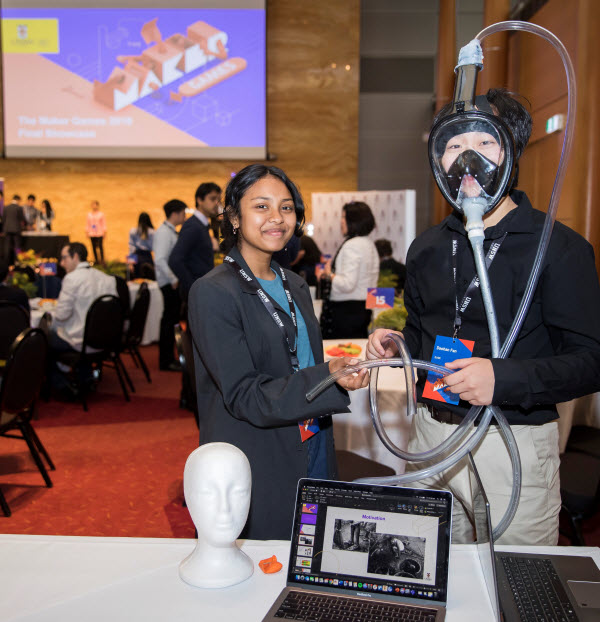
ANSTO and Maker Games
Our R&D direction has several strands – and includes involvement with technology hubs and university student programs.
SVSR is a member of the Nandin Innovation Centre in Sydney, part of the deep technology hub at ANSTO (Australia’s Nuclear Science and Technology Organisation). It aligns us with a cutting-edge and globally-connected community of researchers. And it will help us move towards scale-up and commercialisation of sustainable odour control.
We also support student innovation through the highly-regarded Maker Games. It’s a competition that encourages UNSW students from multiple disciplines to design real-world solutions to industry challenges.
As the experts in sewer ventilation and control of hazardous hydrogen sulphide gases, SVSR asked students to design and build a prototype ensuring safety for maintenance workers in India.
UNSW School of Engineering students devised a prototype in 10 weeks – in what Duncan believes is a win for the students, SVSR and the University. ‘Industry ideas are often constrained by our experience. Students can have brilliant ideas and new ways of thinking about old problems. SVSR want to encourage that energetic, globally focussed and creative thought.’

The future for R&D at SVSR
Technology continually transforms every industry globally – and central to technology advancement is R&D. For companies like SVSR, innovation will continue to play a central role.
“We are already at the top of our industry, but if we want to continue to grow then we need to prioritise R&D,” says Duncan.
SVSR sees enormous potential for sustainable, Australian-made solutions in the wastewater collection industry.
Membership of deep technology hubs, academic partnerships and a continued R&D focus will help innovation and excellence remain at the forefront of SVSR sewer vent and shaft cowl design.
Contact us to discuss your sewer vent shaft needs.

